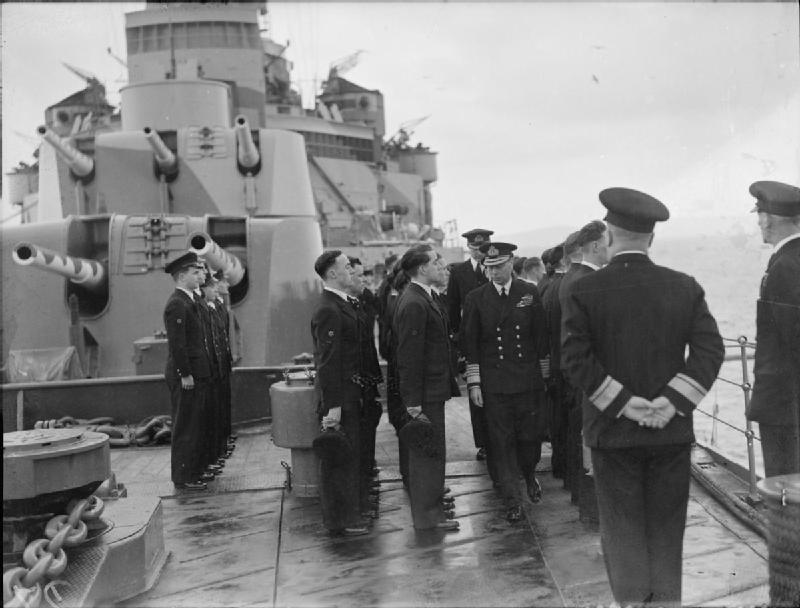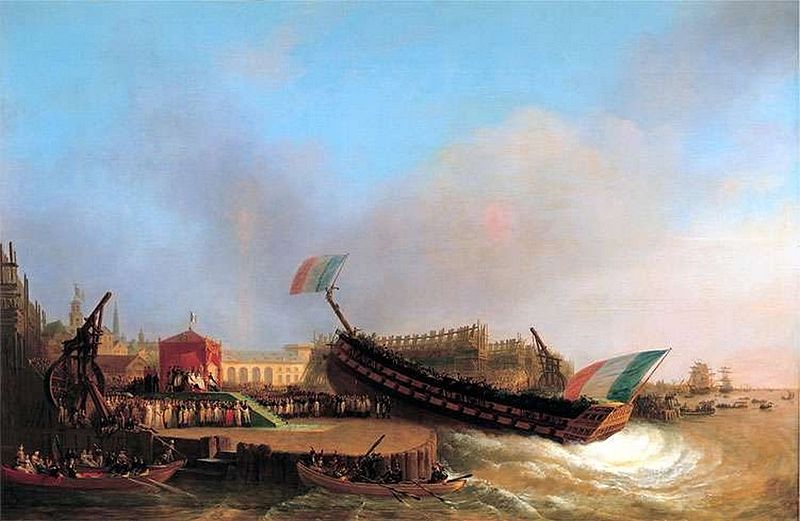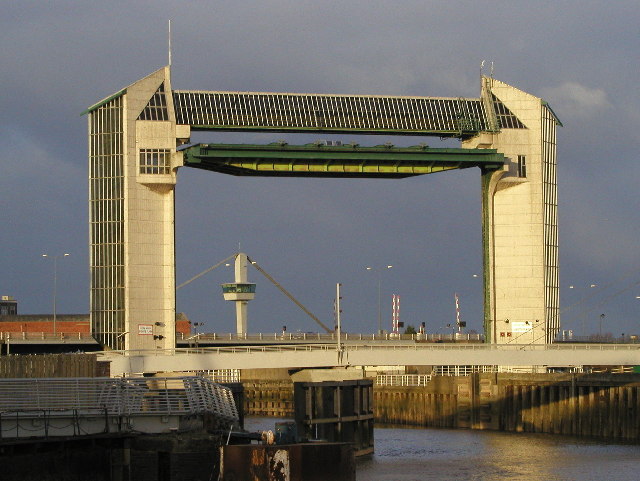|
HMS Glasgow (C21)
HMS ''Glasgow'' was a commissioned in September 1937. She took part in the Fleet Air Arm raid that crippled the Italian Fleet at Taranto in 1940. She had the unfortunate experience of sinking two Allied ships during her wartime service, once through accidental collision and the other by gunfire after a case of mistaken identity. Construction Laid down on 16 April 1935, ''Glasgow'' was launched on 20 June 1936 by Lucy Baldwin, the wife of the prime minister Stanley Baldwin. She entered service without some components of her main armament's fire control system, which were subsequently fitted at the end of that year. She commenced sea trials in the spring of 1937. Designed with a maximum speed of she achieved at standard displacement during her trials. She was subsequently commissioned on 9 September 1937. Service history Pre-war service Upon entering service ''Glasgow'' was allocated to the 2nd Cruiser Squadron of the Home Fleet. Her service was mostly uneventful ... [...More Info...] [...Related Items...] OR: [Wikipedia] [Google] [Baidu] |
Scotts Shipbuilding And Engineering Company
Scotts Shipbuilding and Engineering Company Limited, often referred to simply as Scotts, was a Scottish shipbuilding company based in Greenock on the River Clyde. In its time in Greenock, Scotts built over 1,250 ships. History John Scott founded the company in 1711. He built herring busses and small craft. He was succeeded by his son William Scott (1722-1769) and another son. In 1765 they built their first square-rigged vessel. William's son John (1752-1837) expanded the shipyard to a major shipbuilding company. The Scott family took over the Greenock Foundry in 1790. In 1791, Scott & Co. built , of 600-ton (bm), for the Newfoundland trade. She and , built in 1794, were the largest ships built in Scotland in their years. They marked the beginning of increased activity by Scott & Co., particularly with respect to large, ocean-going ships. C. G. Scott started building at Cartsdyke Dockyard in 1850, as Scott & Company. John Scott (II) and Robert Scott bought the adjacent yard ... [...More Info...] [...Related Items...] OR: [Wikipedia] [Google] [Baidu] |
Ceremonial Ship Launching
Ceremonial ship launching involves the performance of ceremonies associated with the process of transferring a vessel to the water. It is a nautical tradition in many cultures, dating back thousands of years, to accompany the physical process with ceremonies which have been observed as public celebration and a solemn blessing, usually but not always, in association with the launch itself. Ship launching imposes stresses on the ship not met during normal operation and, in addition to the size and weight of the vessel, represents a considerable engineering challenge as well as a public spectacle. The process also involves many traditions intended to invite good luck, such as christening by breaking a sacrificial bottle of champagne over the bow (ship), bow as the ship is named aloud and launched. Methods There are three principal methods of conveying a new ship from building site to water, only two of which are called "launching". The oldest, most familiar, and most widel ... [...More Info...] [...Related Items...] OR: [Wikipedia] [Google] [Baidu] |
Scandinavia
Scandinavia; Sámi languages: /. ( ) is a subregion in Northern Europe, with strong historical, cultural, and linguistic ties between its constituent peoples. In English usage, ''Scandinavia'' most commonly refers to Denmark, Norway, and Sweden. It can sometimes also refer more narrowly to the Scandinavian Peninsula (which excludes Denmark but includes part of Finland), or more broadly to include all of Finland, Iceland, and the Faroe Islands. The geography of the region is varied, from the Norwegian fjords in the west and Scandinavian mountains covering parts of Norway and Sweden, to the low and flat areas of Denmark in the south, as well as archipelagos and lakes in the east. Most of the population in the region live in the more temperate southern regions, with the northern parts having long, cold, winters. The region became notable during the Viking Age, when Scandinavian peoples participated in large scale raiding, conquest, colonization and trading mostly throughout Eu ... [...More Info...] [...Related Items...] OR: [Wikipedia] [Google] [Baidu] |
Luftwaffe
The ''Luftwaffe'' () was the aerial-warfare branch of the German '' Wehrmacht'' before and during World War II. Germany's military air arms during World War I, the '' Luftstreitkräfte'' of the Imperial Army and the '' Marine-Fliegerabteilung'' of the Imperial Navy, had been disbanded in May 1920 in accordance with the terms of the 1919 Treaty of Versailles which banned Germany from having any air force. During the interwar period, German pilots were trained secretly in violation of the treaty at Lipetsk Air Base in the Soviet Union. With the rise of the Nazi Party and the repudiation of the Versailles Treaty, the ''Luftwaffe''s existence was publicly acknowledged on 26 February 1935, just over two weeks before open defiance of the Versailles Treaty through German rearmament and conscription would be announced on 16 March. The Condor Legion, a ''Luftwaffe'' detachment sent to aid Nationalist forces in the Spanish Civil War, provided the force with a valuable testing ... [...More Info...] [...Related Items...] OR: [Wikipedia] [Google] [Baidu] |
Humber Force
The Humber is a large tidal estuary on the east coast of Northern England. It is formed at Trent Falls, Faxfleet, by the confluence of the tidal rivers Ouse and Trent. From there to the North Sea, it forms part of the boundary between the East Riding of Yorkshire on the north bank and North Lincolnshire on the south bank. Although the Humber is an estuary from the point at which it is formed, many maps show it as the River Humber. Below Trent Falls, the Humber passes the junction with the Market Weighton Canal on the north shore, the confluence of the River Ancholme on the south shore; between North Ferriby and South Ferriby and under the Humber Bridge; between Barton-upon-Humber on the south bank and Kingston upon Hull on the north bank (where the River Hull joins), then meets the North Sea between Cleethorpes on the Lincolnshire side and the long and thin headland of Spurn Head to the north. Ports on the Humber include the Port of Hull, the Port of Grimsby a ... [...More Info...] [...Related Items...] OR: [Wikipedia] [Google] [Baidu] |
Grimsby
Grimsby or Great Grimsby is a port town and the administrative centre of North East Lincolnshire, Lincolnshire, England. Grimsby adjoins the town of Cleethorpes directly to the south-east forming a conurbation. Grimsby is north-east of Lincoln, (via the Humber Bridge) south-south-east of Hull, south-east of Scunthorpe, east of Doncaster and south-east of Leeds. Grimsby is also home to notable landmarks such as Grimsby Minster, Port of Grimsby, Cleethorpes Beach and Grimsby Fishing Heritage Museum. Grimsby was once the home port for the world's largest fishing fleet around the mid-20th century, but fishing then fell sharply. The Cod Wars denied UK access to Icelandic fishing grounds and the European Union used its Common Fisheries Policy to parcel out fishing quotas to other European countries in waters within of the UK coast. Grimsby suffered post-industrial decline like most other post-industrial towns and cities. However, food production has been on the rise in th ... [...More Info...] [...Related Items...] OR: [Wikipedia] [Google] [Baidu] |
Frank Pegram
Vice Admiral Frank Henderson 'Rammer' Pegram, CB, DSO, (25 February 1890 – 8 March 1944) was a British Royal Navy officer who played a prominent role in the Norwegian campaign during World War II who became Fourth Sea Lord and Chief of Naval Supplies and Transport. Naval career Pegram was born in Lancashire, England and joined the navy in 1905. He served in World War I aboard the predreadnought and was present during the Gallipoli bombardment. In 1917 he served aboard the battlecruiser and in 1918 he was Gunnery Officer aboard , a monitor bombarding German targets along the Belgian coast. For this service he received the Belgian Croix de guerre. Between the wars Pegram had a number of shore and seagoing appointments, including a period as executive officer of the battleship . On 10 July 1939, Pegram took up his appointment as Commanding Officer of , a cruiser, and held this position until April 1940. As such, he saw active service in the battles surrounding the G ... [...More Info...] [...Related Items...] OR: [Wikipedia] [Google] [Baidu] |
Elizabeth Bowes-Lyon
Elizabeth Angela Marguerite Bowes-Lyon (4 August 1900 – 30 March 2002) was List of British royal consorts, Queen of the United Kingdom and the Dominions of the British Commonwealth from 11 December 1936 to 6 February 1952 as the wife of King George VI. She was the last Empress of India from her husband's accession 1936 until the British Raj was dissolved in August 1947. After Death and state funeral of George VI, her husband died, she was known as Queen Elizabeth The Queen Mother, to avoid confusion with her daughter, Queen Elizabeth II. Born into a family of British nobility, Elizabeth came to prominence in 1923 when Wedding of Prince Albert, Duke of York, and Lady Elizabeth Bowes-Lyon, she married the Duke of York, the second son of King George V and Mary of Teck, Queen Mary. The couple and their daughters Elizabeth and Princess Margaret, Countess of Snowdon, Margaret embodied traditional ideas of family and public service. The Duchess undertook a variety o ... [...More Info...] [...Related Items...] OR: [Wikipedia] [Google] [Baidu] |
George VI Of The United Kingdom
George VI (Albert Frederick Arthur George; 14 December 1895 – 6 February 1952) was King of the United Kingdom and the Dominions of the British Commonwealth from 11 December 1936 until his death in 1952. He was also the last Emperor of India from 1936 until the British Raj was dissolved in August 1947, and the first Head of the Commonwealth following the London Declaration of 1949. The future George VI was born in the reign of his great-grandmother Queen Victoria; he was named Albert at birth after his great-grandfather Albert, Prince Consort, and was known as "Bertie" to his family and close friends. His father ascended the throne as George V in 1910. As the second son of the king, Albert was not expected to inherit the throne. He spent his early life in the shadow of his elder brother, Prince Edward, the heir apparent. Albert attended naval college as a teenager and served in the Royal Navy and Royal Air Force during the First World War. In 1920, he was made D ... [...More Info...] [...Related Items...] OR: [Wikipedia] [Google] [Baidu] |
Home Fleet
The Home Fleet was a fleet of the Royal Navy that operated from the United Kingdom's territorial waters from 1902 with intervals until 1967. In 1967, it was merged with the Mediterranean Fleet creating the new Western Fleet. Before the First World War, it consisted of the four Port Guard ships. In 1905 it was disestablished, and from 1905 to 1907 remaining ships at a lesser state of readiness were split into the reserve divisions ( Devonport Division, Nore Division, and Portsmouth Division). During the First World War, it comprised some of the older ships of the Royal Navy. During the Second World War, it was the Royal Navy's main battle force in European waters. Pre-First World War In the first years of the 20th century, the Royal Navy had four 'Port Guard' ships, stationed in the major naval bases, partially to act as flagships for the admirals commanding at those ports. These vessels appear to have been stationed at the Nore, Portsmouth, and Plymouth, as well as on ... [...More Info...] [...Related Items...] OR: [Wikipedia] [Google] [Baidu] |
Ship Commissioning
Ship commissioning is the act or ceremony of placing a ship in active service and may be regarded as a particular application of the general concepts and practices of project commissioning. The term is most commonly applied to placing a warship in active duty with its country's military forces. The ceremonies involved are often rooted in centuries-old naval tradition. Ship naming and launching endow a ship hull with her identity, but many milestones remain before she is completed and considered ready to be designated a commissioned ship. The engineering plant, weapon and electronic systems, galley, and other equipment required to transform the new hull into an operating and habitable warship are installed and tested. The prospective commanding officer, ship's officers, the petty officers, and seamen who will form the crew report for training and familiarization with their new ship. Before commissioning, the new ship undergoes sea trials to identify any deficiencies needing c ... [...More Info...] [...Related Items...] OR: [Wikipedia] [Google] [Baidu] |






.jpg)

_underway_2009.jpg)